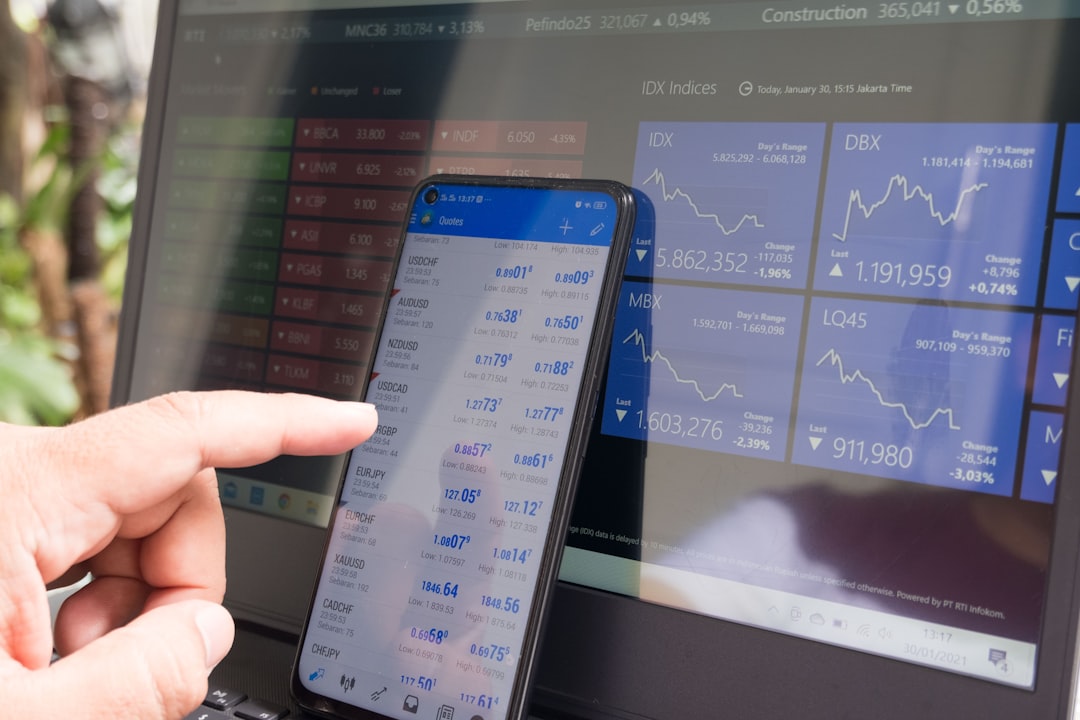In the complex world of financial markets, few instruments embody both opportunity and risk as vividly as futures contracts. Institutional investors, corporations, and sophisticated individual traders utilize futures markets for two primary purposes: hedging risk and cashing out strategic positions. Understanding how futures markets facilitate these objectives is critical for any market participant who seeks to protect assets or realize gains through planned exit strategies.
What Are Futures Markets?
Futures markets are centralized exchanges where standardized contracts for the delivery of various assets at future dates are bought and sold. These assets can include commodities like oil, gold, or wheat, as well as financial instruments such as interest rates, stock indices, or currencies. Each futures contract specifies the delivery date, quantity, and asset type, allowing participants to speculate on future price movements or manage exposure to price volatility.
Hedging: A Pillar of Futures Trading
At the core of hedging is the desire to reduce risk. Futures contracts are widely used by commercial entities and investors to safeguard against unfavorable price movements. A hedger uses futures to lock in prices for goods they plan to sell or purchase in the future.
There are two main types of hedgers:
- Producers or Sellers: Farmers, oil producers, and manufacturers hedge to guarantee the price they will receive when selling their product at a later time.
- Buyers or Consumers: Airlines and food processing companies may hedge fuel or ingredient costs to stabilize their operational expenses.
For example, consider a wheat farmer anticipating harvest in six months. Fearing that wheat prices may drop, the farmer enters into a futures contract to sell wheat at today’s price, thus securing future revenue regardless of market fluctuations. Similarly, an airline might hedge against rising fuel prices by purchasing fuel futures at current lower prices.

How Hedging Works in Practice
Hedging with futures requires identifying key exposure risks, choosing the appropriate futures contracts, and monitoring the position accordingly. Because these contracts are standardized and deliverable, they provide a disciplined and transparent means of managing market risks. However, while hedging protects against downside risks, it can also cap potential upside gains, since the hedging instrument commits prices contractually.
Cash-Out Strategies Using Futures
While some traders use futures to mitigate risk, others use them to strategically exit or “cash out” of trading positions. Futures are particularly effective for this purpose because of their high liquidity, leverage potential, and precise exposure to market movements. Cashing out typically refers to realizing profits or losses by closing a futures position before expiry, or by using offsetting trades to neutralize a market stance.
Common Cash-Out Techniques
- Offsetting Trades: This means taking an equal and opposite position in the same contract to eliminate exposure. For instance, a trader who is long (buyer) in a crude oil contract may go short (seller) in the same contract to cash out without taking physical delivery.
- Rolling Contracts: Investors maintaining long-term views may cash out by closing near-term contracts and reopening positions in contracts with later expiry dates, rolling the exposure forward.
- Profit Targets and Stop Losses: Traders often preset levels at which they will exit a position to secure profits or reduce losses. This ensures disciplined decision-making irrespective of market noise.

Cashing out is not limited to speculators. Hedgers might also cash out when market conditions evolve in their favor or when the underlying exposure ceases to exist (e.g., a canceled cargo shipment). Importantly, futures allow for this agility because they can be closed at any time during market hours prior to expiration.
The Role of Clearinghouses
One of the key institutional strengths of futures markets is the involvement of clearinghouses. When a futures contract is entered into, the exchange’s clearinghouse becomes the counterparty to both buyer and seller. This mechanism ensures performance on the contract, significantly reducing credit risk. For those using futures to hedge or cash out of positions, clearinghouses provide a framework of trust and accountability that enhances market efficiency.
Real-World Examples: Hedging in Volatile Times
During periods of high volatility, such as the 2008 financial crisis or the COVID-19 pandemic, companies across industries relied heavily on futures to mitigate uncertainty. Airlines hedged jet fuel costs to remain solvent amid plummeting leisure travel. Gold producers locked in high prices during times of financial turbulence, ensuring profitability when physical demand was uncertain.
In another example, during a period of rising interest rates, a pension fund might hedge interest rate exposure using Treasury futures to preserve the value of its fixed-income investments. The futures market thus functions as a safety net in uncertain climates, allowing firms to operate with greater confidence and continuity.
Risks and Considerations
Despite their utility, futures involve significant risk if not properly managed. Key considerations include:
- Leverage: Futures contracts require a margin deposit, which serves as collateral. However, the value at risk often exceeds the margin, making positions susceptible to large losses.
- Margin Calls: If the market moves against a position, the trader may need to post additional margin funds or risk liquidation of the position.
- Basis Risk: This refers to the potential mismatch between the behavior of the futures contract and the underlying asset it is intended to hedge. Perfect hedges are rare.
- Liquidity Risks: Less popular or off-peak contracts may have lower liquidity, increasing bid-ask spreads and execution risk.
A structured approach to using futures includes clear objectives, risk tolerance limits, and a strong understanding of market dynamics. Properly executed, futures can become a vital tool for managing financial exposure.
Regulatory Oversight
Futures markets are regulated in the United States by the Commodity Futures Trading Commission (CFTC) and in other countries by similar agencies. These entities monitor market behavior, enforce trading responsibilities, and ensure that manipulative or illegal activities are penalized. Exchange rules and compliance frameworks enhance the integrity of the market—reassuring participants whether they are hedging soybean harvests or cashing out oil contracts.
The Strategic Value of Futures
From hedging agricultural production to enabling profit-taking during commodity price surges, futures contracts offer tools that are both versatile and effective. Their standardized nature and backing by clearing organizations make them appealing for participants seeking dependable financial instruments.
Crucially, their effectiveness depends on disciplined execution. Whether used as a protective measure to secure future revenues or as a tool to cash out efficiently during market peaks, futures contracts demand knowledge, vigilance, and skill. Their role in the financial ecosystem is set to grow as industries and economies become more interdependent and exposed to global market fluctuations.
Conclusion
Futures markets represent a cornerstone of modern financial risk management. Through diligent hedging, businesses can shield themselves from adverse price movements. Through disciplined cash-out strategies, traders and investors can realize gains with precision. The key lies in understanding the dynamics of the contracts, the nature of the underlying assets, and the broad economic context in which these instruments operate.
In a world where uncertainty is constant, futures provide a way to plan for tomorrow with greater clarity and confidence.



